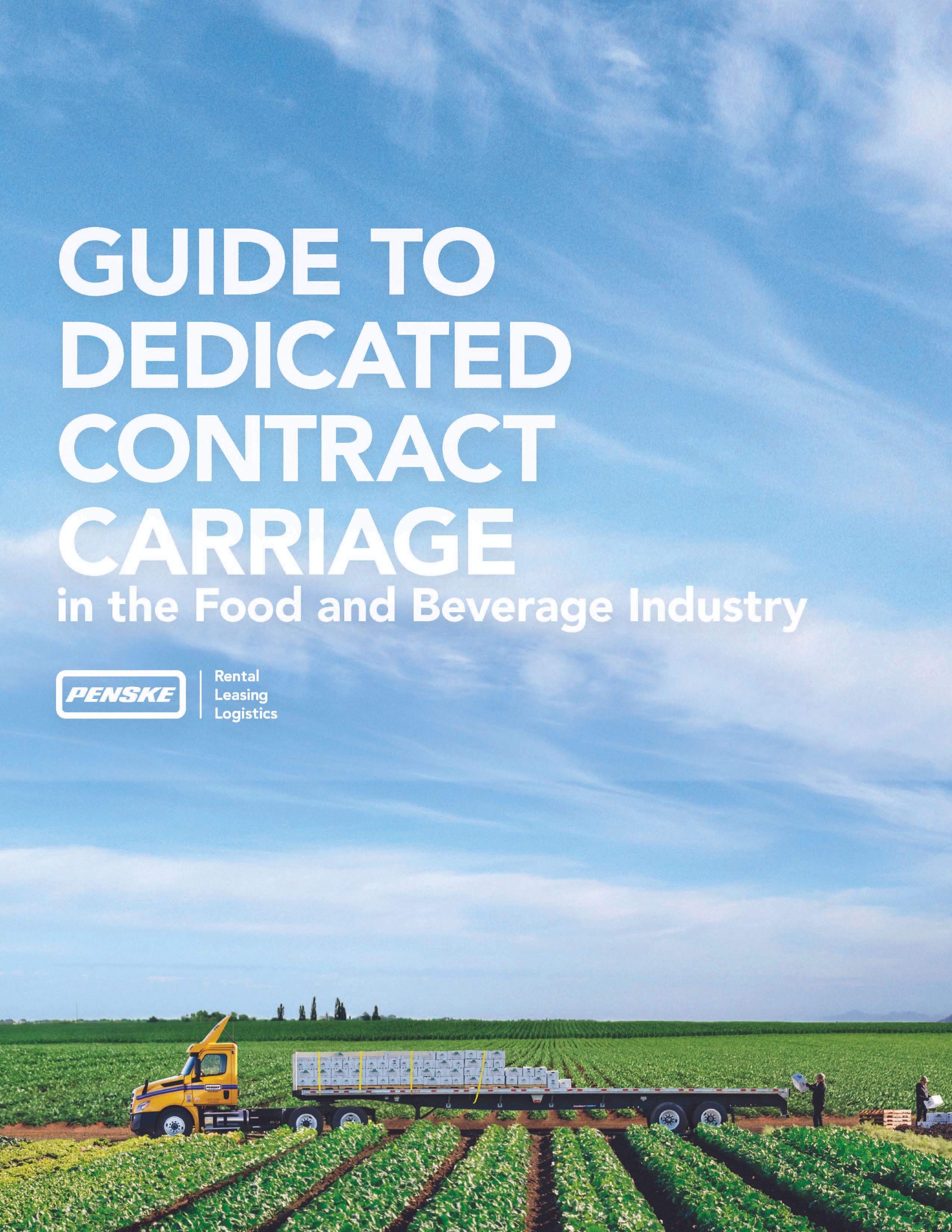In a transparent supply chain, every link has access to relevant information on the origins and status of products. Transparency underpins consumer trust—a key relationship at a time when the safety of food supply chains is coming under intense scrutiny.
It's not surprising, then, that achieving supply chain transparency has become a hot-button issue in the food and beverage industry. What role can lead logistics providers (LLPs) play in helping companies to promote transparency and find new ways to make supply chain information available to all authorized parties?
Critical Ingredient: Communications
An important feature of transparency is that it depends, to a large extent, on a company's ability to exchange information with partners. It can't be achieved in isolation. Its cousin visibility, on the other hand, is less dependent on communication across the supply chain.
Shay Scott, executive director of the Global Supply Chain Institute at the University of Tennessee, makes this clear in the trade journal Inbound Logistics. "Visibility provides a company with knowledge of activities across its supply chain; transparency is what and how it communicates that knowledge to customers, partners, and stakeholders."
A key function fulfilled by LLPs is serving as information hubs in supply chains, which means that they are ideally placed to be agents of transparency. Shippers that understand this role and exploit it can significantly improve their ability to achieve transparency, especially in consumer-facing industries such as food and beverage.
Transportation Challenges
There are many ways in which LLPs can enhance supply chain transparency. A notable example is addressing information black holes in transportation legs. "Gaps in freight transportation visibility create transparency issues that keep shippers up at night," said Tracy Urbanski, senior vice president of operations for Penske Logistics.
For instance, rising less-than-truckload (LTL) and small parcel volumes make it more difficult for shippers to track product flows. An informal survey carried out by Penske Logistics of its customers in the food and beverage industry indicates that there are five LTL shipments for every single truckload shipment; a ratio that is reflective of the industry as a whole.
There are various reasons for soaring LTL volumes. The incursion of e-commerce into the food and beverage business is one driver. Catering to online buyers requires food companies to ship in smaller quantities. Other drivers include increasing demand for niche products and a general tendency for companies to ignore manufacturers' minimum buy quantities in a volatile competitive environment.
"LTL tends to reduce the level of supply chain visibility a shipper has, because it increases the number of shipment touchpoints as well as the number of cross-docks that have to be navigated," said Urbanski.
Another pain point is mismatches between requested delivery and appointment dates. A company requests a date for the delivery of a shipment, but the receiving dock sets a different date. This mismatch can even occur within the same organization, and remain undetected until a truck turns up at a dock and can't be loaded or unloaded because it's not on the facility's schedule.
A critical area where food supply chains can become opaque is in lot control visibility. This is a major issue in the transportation of products, such as fresh produce, that are supplied by countless growers and prone to bacterial infections. Each batch of product has a lot control number, and failure to keep track of these numbers creates dangerous visibility gaps.
LLPs play a critical role in helping shippers to address transportation visibility issues. They deploy technology such as advanced transportation management systems to track shipments and disseminate information. An LLP can use its expertise to analyze freight networks and help shippers identify exceptions and information disconnects. Predictive analytics is one of the tools they use to anticipate and avoid problems.
Innovations Ahead
The pressure to deliver improved transparency in food and beverage supply chains is unlikely to abate. Consumers are demanding more information on the foods they buy in retail stores or service outlets, such as restaurants. High-profile cases of foodborne illness outbreaks have ratcheted up these demands. In response, regulators are introducing tighter food safety rules. Moreover, shippers need to respond to increasing supply chain complexity with new approaches to raising the efficiency bar.
But new tools and methods are emerging. For example, Penske's Connected Fleet technology may provide a wide range of new data on truck performance. Vehicle automation is another source of operational data being mined. More sophisticated modeling that uses technologies such as machine learning is turning this data into actionable intelligence. Blockchain-based solutions are at an early stage of development, but could facilitate the flow of information between stakeholders.
"We are continually adding to our platform of technologies and partnering with leading-edge providers," said Urbanski. "Our systems and expertise build transparency by ensuring that logistics information does not fall through the cracks and by closing out the loop with business analytics."


